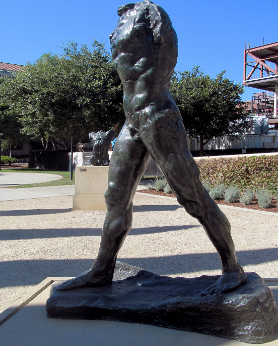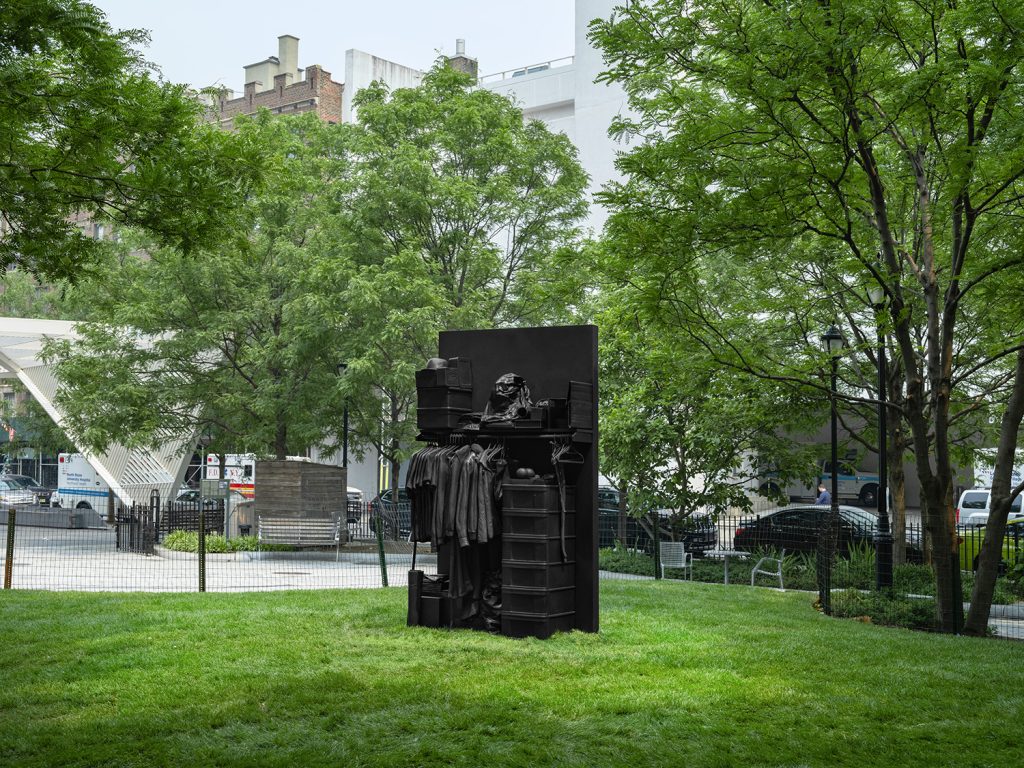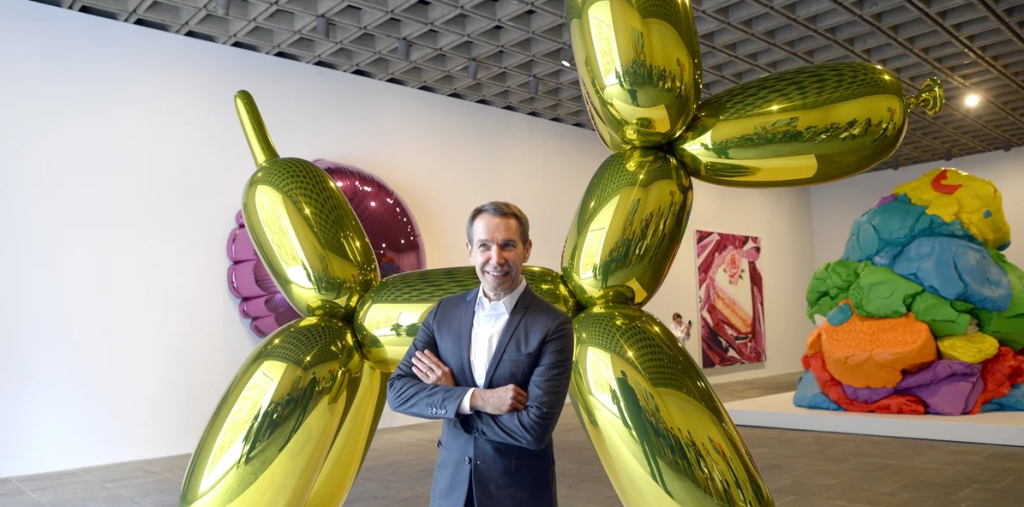Exploring Rodin’s Masterpiece: ‘The Walking Man’
Auguste Rodin’s sculpture, ‘The Walking Man’ (L’Homme qui marche), stands as a testament to the fluidity and dynamism of the human form. Created in the late 19th century, this iconic piece encapsulates the essence of movement and expression, making it a pivotal work in the realm of modern sculpture. Understanding its significance can deepen our appreciation for Rodin’s innovative approach to art and the human experience.
The Essence of Movement
At first glance, ‘The Walking Man‘ captivates viewers with its almost life-like posture, suggesting a figure caught in mid-stride. Unlike traditional sculptures that emphasize perfection and completion, Rodin’s piece appears fragmented yet powerful, embodying the idea of movement in sculpture. With its missing elements, the work evokes a sense of journey and exploration, forcing us to engage imaginatively with the piece. This approach reflects Rodin’s belief that art should evoke emotions and invite viewers to interpret its meaning personally.
Rodin’s Innovative Techniques
Rodin’s techniques in ‘The Walking Man’ showcased his penchant for exploring the human form beyond mere representation. He often worked directly with the material, allowing the bronze to retain a roughness that suggests the immediacy of movement. This method contrasts starkly with the polished finish typical of classical sculpture, inviting viewers to appreciate the raw beauty of the process. Furthermore, Rodin’s use of texture draws the eye, guiding us through the contours of the body and accentuating the physical experience of walking. Such techniques not only highlight athleticism but also resonate with the emotional weight of the human condition.
Cultural Impact and Legacy
Since its creation, ‘The Walking Man’ has left a significant mark on both the art world and popular culture. Rodin’s work paved the way for modernist movements that embraced abstraction and emotion as vital components of artistic expression. Many contemporary artists draw inspiration from Rodin’s innovative approach, using fragmentation and movement to convey deeper narratives. The allure of ‘The Walking Man’ continues to influence exhibitions and collections worldwide, making it a central piece for discussions about the evolution of sculpture. Understanding its significance fosters a greater appreciation for how art can reflect the complexities of life.
In conclusion, Rodin’s ‘The Walking Man’ offers a rich blend of movement, innovation, and cultural significance. Its ability to inspire and provoke thought is a reminder of art’s enduring impact on our understanding of the human experience. If you’re intrigued by Rodin’s work, consider visiting a museum or gallery to see ‘The Walking Man’ in person, or explore more about his life and other masterpieces online.


